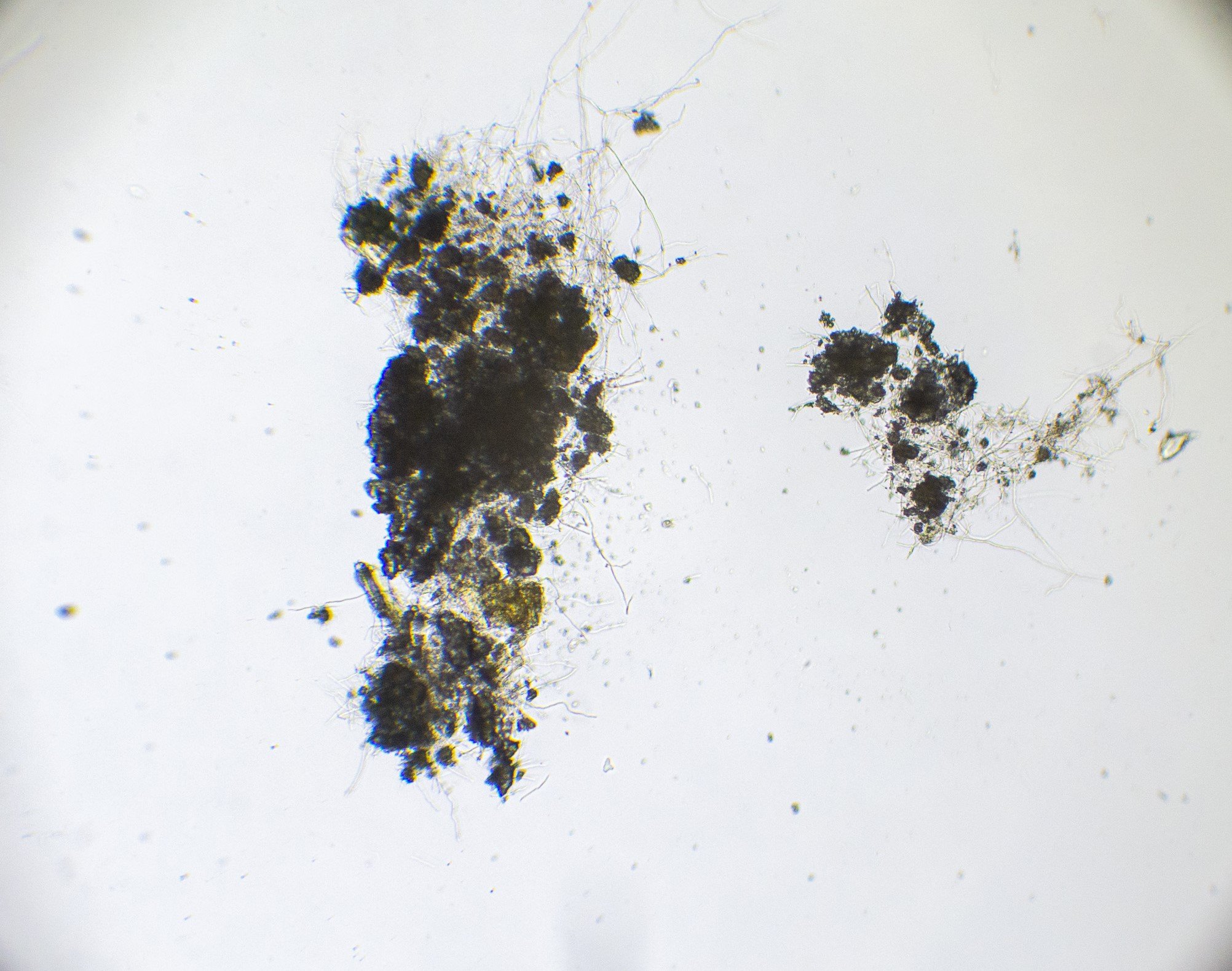
Fungal Highways
and Calcite Columns
Promoting the idea of symbiosis, interactions and relationships rather than competitiveness, this research project explores a living material composite, co-produced and co-habited by micro-organisms. The project combines methods of bio-fabrication, co-cultivation and digital tools, and forms around questions about living buildings, the use of non-extractive materials in architecture, ethical considerations and positioning of the architect/human participant when working with the living. It is an investigation of building material of continuous growth, death and through nutrient cycling continuous change of the material composition through inter-species interactions.
In this research two prominent species of soil ecologies are explored, fungi and bacteria. A case study of one wood decaying and one biocement producing bacteria have been chosen to develop a method of material composition and fabrication for architectural purpose. While the fungi feeds and decomposes ligno-cellulosic materials, which can be sourced from industrial or agricultural waste streams, in an architectural material context the dense root network, the mycelium, created by the fungus binds loose particles and forms a foam-like material. The selected bacteria lives within this composite, using the mycelium network to spread throughout the material. In certain conditions this bacteria precipitates calcium carbonate, having the potential to contribute to the mechanical properties of the composite.
The research further investigates fabrication methods for and with this community of microbes and explores how digital technology can be respectfully and responsibly be applied within the designing, steering and shaping process. Alongside this hands-on experimenting and method establishment, a mapping process of entanglements of a living architecture is undertaken.



